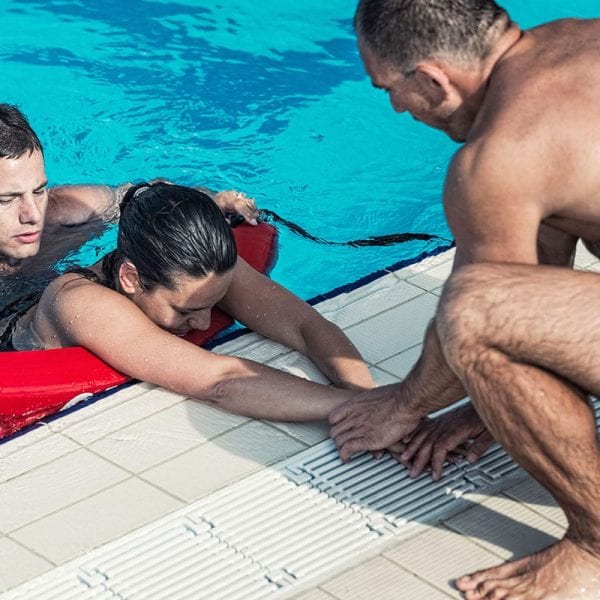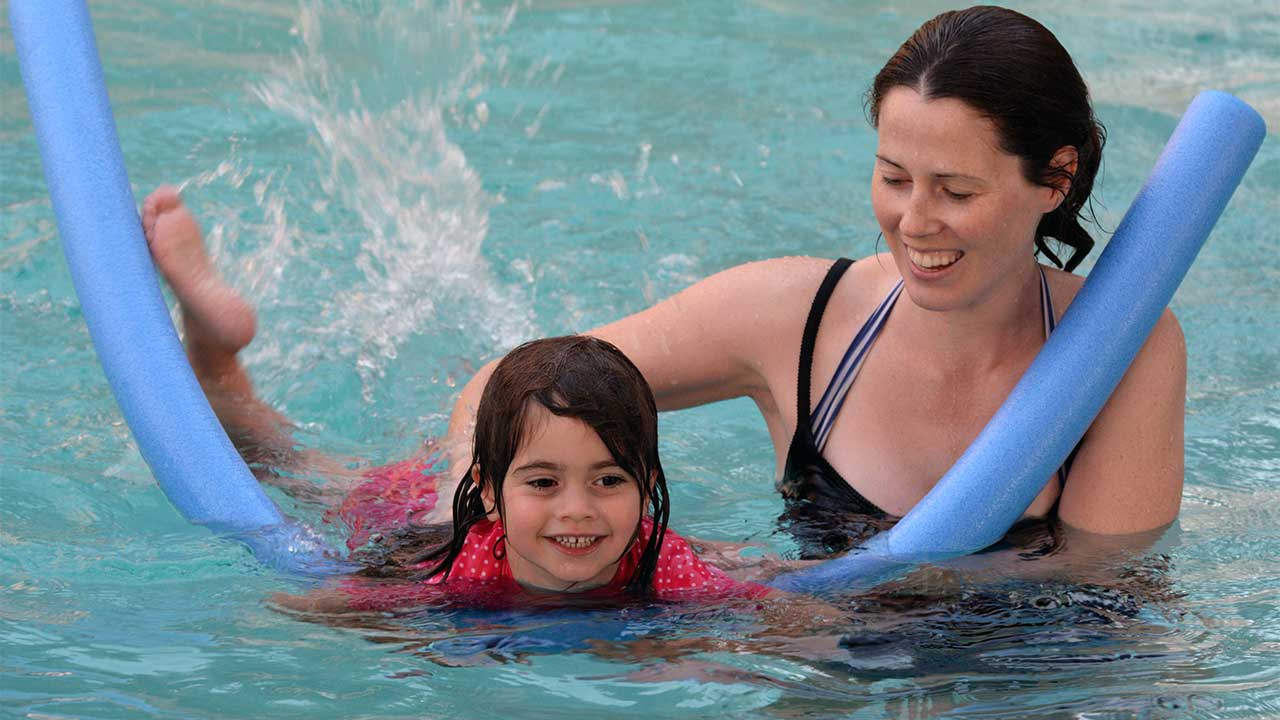
Lifeguarding on beaches or public swimming pools is an important job, but it doesn’t necessarily mean you have to be a superhero. The average person can do most of the things that a lifeguard must do—and more. So the next time you are watching the lifeguards at the pool, take note of what they do and try some of their techniques. You may find that not only will you save yourself from drowning, but you’ll also make your job easier.
This article covers some of the basic skills of personal water safety as a lifeguard and the importance of lifeguard recertification. There are other important things to know, too, such as how to prevent drowning in an emergency.
Table of Contents
Responsibilities of a lifeguard
The lifeguards at a pool are responsible for keeping swimmers safe. Lifeguarding requires a great deal of knowledge and skill, so it’s important for anyone considering this career to be prepared. Lifeguarding is both a physical and mental job. It requires concentration and quick thinking.
A lifeguard must be able to perform lifeguard duties quickly and accurately. Swimming ability is also a requirement, and a lifeguard needs to know how to swim. A lifeguard must also have good judgment and an eye for danger.
In order to make the job easier, lifeguards wear a uniform that distinguishes them from other swimmers and helps them identify danger more quickly. Lifeguards must have a strong desire to help others and a willingness to learn.
Lifeguarding as an Employment
A lifeguard can find employment at pools, beaches, or resorts. In this video, you’ll learn about some of the most common causes of death in children. Watch as the instructors take you through several scenarios involving kids. Then, you will be asked questions about the causes of death in children.
You’ll also be asked questions about how to prevent injuries in children. A lifeguard must take a lifeguard recertification training course every two years. This is a ten-day course, which includes a test at the end. If you are a lifeguard, you will be required to have this course every two years.
This course is taught by the American Lifeguard Association (ALA). They have a training program that is designed to ensure that the people taking the course have the necessary qualifications to protect others in dangerous situations.
The lifeguard recertification course includes the following training:
Basic Life Saving (BLS)- The BLS course is designed to teach the skills necessary for life-saving and first aid. Students learn how to respond to an emergency situation, perform CPR, administer oxygen, treat shock, and provide other basic life support measures.
First Aid – The First Aid course provides a basic understanding of the care of wounds, cuts, abrasions, burns, bleeding, sprains, strains, poisonings, and fractures. Students learn how to recognize emergencies, apply bandages and dressings, assess injuries, use medications, and perform various procedures.

Advanced Cardiac Life Support (ACLS) – The ACLS course is designed to prepare students to provide advanced cardiac life support to victims of cardiac arrest. Students learn how to establish and maintain IV access, defibrillate the heart, administer medications, and perform cardiopulmonary resuscitation.
Recertification – All lifeguards must complete this annual recertification course to remain certified.
Aquatic Rescue Aquatic
The Aquatic Rescue Program is a group of students who are trained in the skills needed to assist other students who are trapped in a pool. The program is an integral part of our Swim Team and is overseen by a member of our swim coaching staff. Students who are in need of assistance may seek help from one of the Aquatic Rescue members. Our goal is to provide assistance as quickly as possible while ensuring safety for the student needing rescue and the student providing rescue.
Water Safety Awareness
Water Safety Awareness for a lifeguard is necessary. First of all, you must be aware of the basic safety rules in swimming pools. You should also know how to use the appropriate equipment. This will help to ensure that you are as safe as possible when you are at the pool or beach. Be careful when using any type of flotation device on the beach or pool.
You could easily get trapped in the sand if you don’t have proper knowledge of how to use a flotation device correctly. Always check the rules and regulations before you use a flotation device.
Final Words
The American Lifeguard Association is one of the best organizations that is providing all types of lifeguard training near me programs including the lifeguard recertification training course. The training is given by a certified instructor who has been trained in the National Recreation Training Standards.
The course can be taken at either the indoor or outdoor pool and is suitable for all ages. If you are looking for lifeguard recertification training near you, please do not hesitate to contact us.








